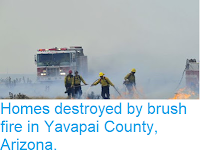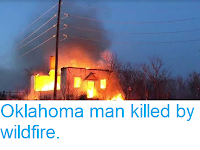A Massachusetts man was died of his injuries following an avalnche at the Taos Ski Valley resort in New Mexico on Thursday 17 January 2018. Matthew Zonghetti, 26, from Mansfield in Bristol Country, was one of two skiers caught in the avalanche at Kachina Peak, the highest point in the valley. Both skiers were quickly dug out and airlifted to the Holy Cross Medical Center in Taos, where Mr Zonghetti died of his injuries. The second skier, who has yet to be identifies, has been moved to the University of New Mexico Hospital in Albuquerque, where they are described as being in a critical condition.
Matthew Zonghetti, 26, of Mansfield, Massachusetts, who died after an avalanche in Taos County, New Mexico, on 17 January 2019. Boston Globe
.
Avalanches are caused by the mechanical failure of snowpacks;
essentially when the weight of the snow above a certain point exceeds
the carrying capacity of the snow at that point to support its weight.
This can happen for two reasons, because more snow falls upslope,
causing the weight to rise, or because snow begins to melt downslope,
causing the carrying capacity to fall. Avalanches may also be triggered
by other events, such as Earthquakes or rockfalls. Contrary to what is
often seen in films and on television, avalanches are not usually
triggered by loud noises. Because snow forms layers, with each layer
typically occurring due to a different snowfall, and having different
physical properties, multiple avalanches can occur at the same spot,
with the failure of a weaker layer losing to the loss of the snow above
it, but other layers below left in place - to potentially fail later.
Diagrammatic representation of an avalanche, showing how layering of snow contributes to these events. Expedition Earth.
Heavy snow has fallen across much of the continental United States this week, causing a large number of disruptive and sometimes deadly incidents. This has been caused by unseasonably warm, moist air moving in from the Atlantic, which has met a cold front moving down from the Arctic.
See also...
Follow Sciency Thoughts on Facebook.








